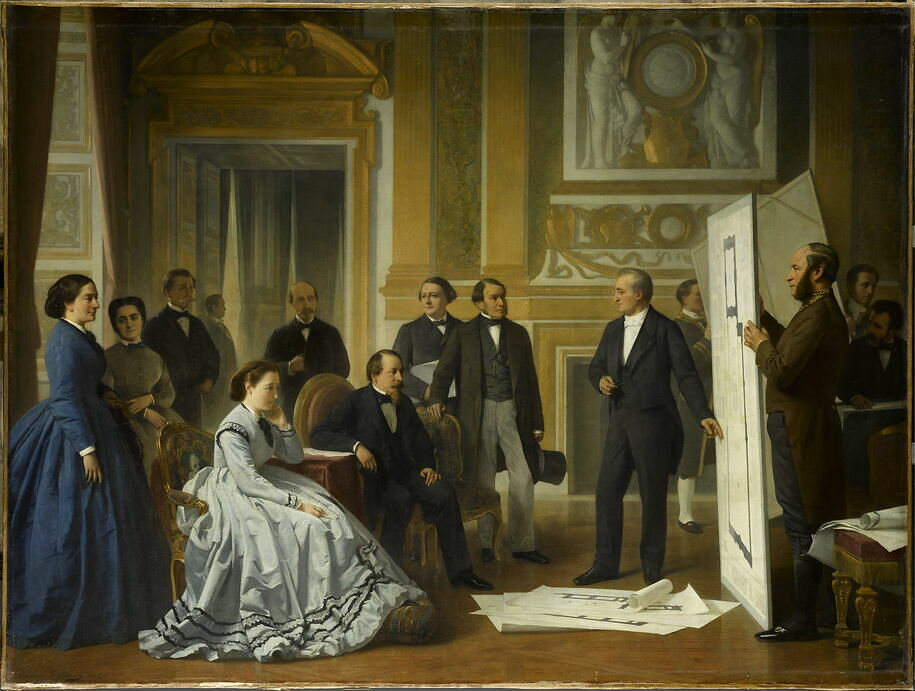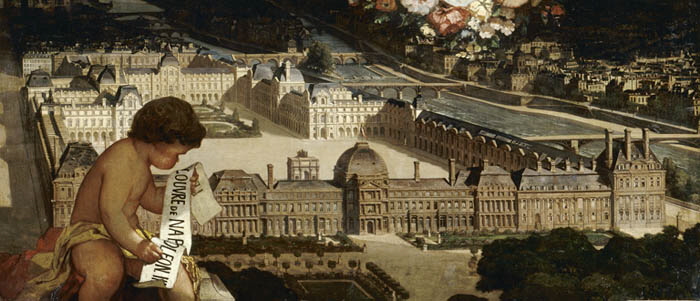Reference




OpenAI's Answer
Napoleon III played a significant role in the expansion of the Louvre, which was a key part of the wider transformation of Paris during the Second French Empire. Here’s a summary of his contributions:
-
Project Overview: The project, known as the "Nouveau Louvre" or "Louvre de Napoléon III," was a major architectural undertaking in the 1850s. This expansion aimed to modernize the city and enhance its grandeur, aligning with the broader urban planning efforts led by Baron Haussmann.
-
Architectural Contribution: The design was initially crafted by architect Louis Visconti. After Visconti's death in 1853, Hector Lefuel took over the execution, modifying the original plans but maintaining the overall vision for the Louvre's expansion.
-
Structural Additions: The expansion included significant new wings and structures that added to the museum's size and complexity. This redevelopment transformed the Louvre into a more cohesive and formidable art and learning center.
-
Cultural Impact: Beyond architecture, the expansion enriched the Louvre's cultural significance. Napoleon III's reign saw a substantial increase in art acquisitions and the establishment of lavish imperial apartments within the Louvre that showcased the Second Empire's opulent style.
Here's a relevant painting depicting this historical expansion:

For further reference, view the detailed accounts of the expansion in these sources:
- Detailed Pedia on Napoleon III's Louvre Expansion
- Wikipedia Article on Napoleon III’s Louvre Expansion
This ambitious architectural and cultural venture marked a defining era in the history of the Louvre, elevating its status as one of the most prestigious art museums globally.
Follow Up
Related
What significant expansion did Adcote School announce in 2014 due to overseas investment?
What role did Richard Morris Hunt play in the Louvre expansion?
CHAPTER 2 - Literature Review 2.1. Introduction This chapter undertakes a review of literature to
What are the plans for the streetcar system's expansion in Anacostia?